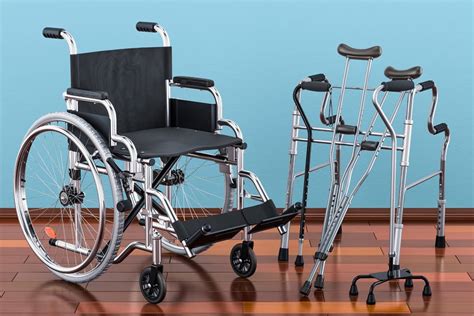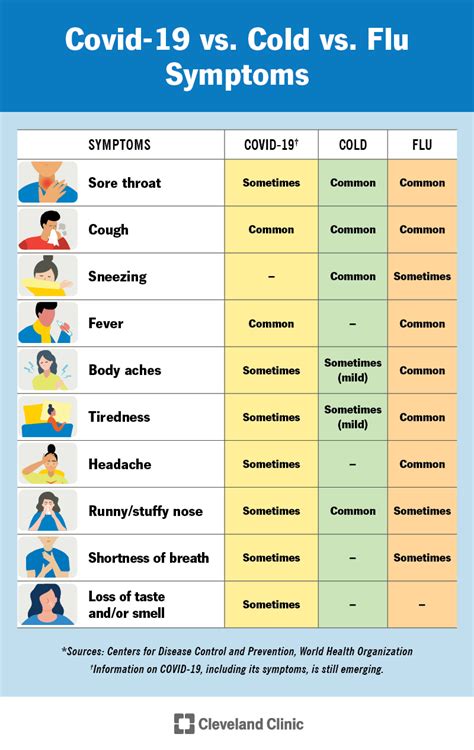The world of healthcare is filled with innovations and advancements that improve patient outcomes and quality of life. One crucial aspect of healthcare that often goes unnoticed but plays a vital role in patient care is durable medical equipment (DME). DME includes a wide range of devices and tools designed to assist patients with mobility, communication, and daily living activities. In this article, we will delve into the realm of DME, exploring its significance, types, and the impact it has on patient care.
To understand the importance of DME, it’s essential to consider the challenges faced by patients with disabilities, injuries, or chronic conditions. These individuals often require specialized equipment to navigate their daily lives, manage their conditions, and maintain independence. DME provides the necessary support, enabling patients to overcome obstacles and participate fully in their communities. For instance, a patient with a mobility impairment may rely on a wheelchair or scooter to move around, while a patient with a respiratory condition may depend on an oxygen concentrator to breathe easily.
The scope of DME is vast and varied, encompassing numerous categories and subcategories. Some common types of DME include:
- Mobility aids: Wheelchairs, scooters, walkers, canes, and orthotics that help patients move around and maintain balance.
- Bathroom safety equipment: Grab bars, shower chairs, and raised toilet seats that assist patients with personal hygiene and reduce the risk of falls.
- Communication devices: Augmentative and alternative communication (AAC) devices, such as picture communication symbols or electronic devices with text-to-speech functionality, that enable patients with speech or language disorders to express themselves.
- Respiratory equipment: Oxygen concentrators, ventilators, and nebulizers that support patients with respiratory conditions, such as chronic obstructive pulmonary disease (COPD) or asthma.
- Rehabilitation equipment: Traction equipment, continuous passive motion (CPM) machines, and parallel bars that aid in the recovery and rehabilitation of patients after injuries or surgeries.
The impact of DME on patient care is multifaceted. Not only does it improve physical function and mobility, but it also enhances psychological well-being and social participation. By providing patients with the necessary tools and support, DME enables them to:
- Maintain independence: Perform daily living activities with ease and dignity, reducing the need for caregiver assistance.
- Manage chronic conditions: Monitor and control symptoms, slowing disease progression and preventing complications.
- Overcome obstacles: Participate in activities and engage with their communities, promoting social interaction and a sense of belonging.
- Improve quality of life: Enhance overall well-being, reducing the risk of secondary health conditions, such as pressure sores or respiratory infections.
However, the use of DME also presents challenges and considerations. Patients may require training and education to use equipment safely and effectively, and caregivers may need support and resources to provide adequate assistance. Furthermore, the cost of DME can be significant, and patients may face barriers in accessing the equipment they need due to insurance coverage limitations or financial constraints.
- Conduct thorough assessments to determine the patient's specific needs and abilities.
- Collaborate with healthcare professionals to select the most suitable equipment and develop a personalized care plan.
- Provide patient education and training on the safe and effective use of DME.
- Monitor patient progress and adjust the care plan as needed to ensure optimal outcomes.
In conclusion, durable medical equipment plays a vital role in patient care, enabling individuals with disabilities, injuries, or chronic conditions to maintain independence, manage their conditions, and improve their quality of life. By understanding the types, benefits, and challenges associated with DME, healthcare professionals and patients can work together to ensure optimal outcomes and promote comprehensive care.
What is the primary purpose of durable medical equipment?
+The primary purpose of durable medical equipment is to provide patients with the necessary tools and support to manage their conditions, maintain independence, and improve their quality of life.
What are some common types of durable medical equipment?
+Common types of durable medical equipment include mobility aids, bathroom safety equipment, communication devices, respiratory equipment, and rehabilitation equipment.
How can patients access durable medical equipment?
+Patients can access durable medical equipment through prescriptions from healthcare professionals, insurance coverage, and rental or purchase options from medical equipment suppliers.



